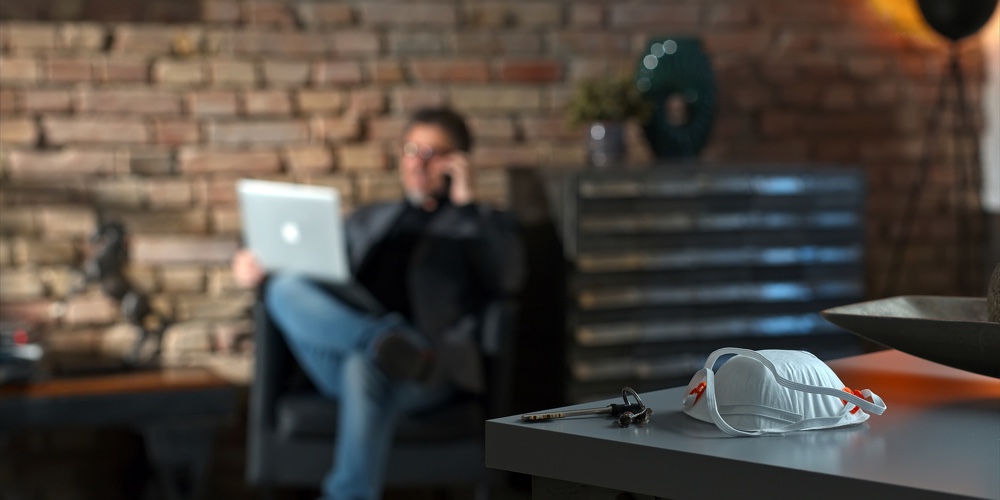WAS + IS ≠ WILL BE

Without much notice, our professional and personal lives, our communities and economy, and our way of life and operating norms have been turned upside down in ways that we never imagined possible. As days turn into weeks and weeks turn into months, it becomes clearer that the way it WILL BE after this crisis is different from the way it WAS and the way it IS now.
As the crisis has deepened, the bulk of our time has focused on stabilizing our world. We’ve found a temporary new normal at home and at work. We hope and expect this won’t be permanent, But the normal we come back to won’t be the normal we left—there is no reset button.
That leaves us with the challenge of anticipating and shaping what WILL BE. How will we serve our stakeholders in the future? What will they need from us? How must policy change to support those needs? These are questions we’ve asked ourselves before, but their importance is magnified because foundational assumptions and operational norms have been obliterated.
Unfortunately, anticipating and shaping what WILL BE isn’t as simple as adapting what IS to what WAS. That approach would be akin to putting a spare tire on a car: it may carry you far enough to find a replacement, but it won’t get you to where you need to be, when you need to be there and how you planned to get there.
Shaping and planning for what WILL BE requires us to distill the true purpose behind what we do; assess whether that remains a priority; and adapt our strategies based not on what we can no longer do, but on what we can do. It requires us to understand that we can go farther and faster with four new tires as opposed to just one new tire; to question whether the current vehicle is the right one for the job; allow ourselves to be vulnerable enough to challenge whether the destination remains the right one given the circumstances.
The situation we find ourselves in is more complicated and more perilous than a flat tire. The metaphor is imperfect, but the point is the same. We can’t go back to the WAS; the IS isn’t permanent; and how well we anticipate and take advantage of the WILL BE depends on our ability to broaden our focus, question our assumptions, and challenge ourselves to focus on what we are going to do as opposed to what we can no longer do.
For years, the credit union movement has grappled with what it means to modernize. While we’ve never bragged about being nimble, the credit union movement has adroitly pivoted to meet the present day needs of our members and communities. Now, we have the power to define what WILL BE for credit unions.
Frankly, if we fail to define it for ourselves, our WILL BE will be defined by someone else.
So, what does our WILL BE look like? How will we take advantage of the opportunity to set a course based on what we can do in this new environment, as opposed to what we can no longer do?
In the WILL BE, what will people helping people look like and how can credit unions have a bigger impact for their members and their communities?
Thinking about what WILL BE is hard at a time when what IS seems so desperate and uncertain. But if we stabilize the IS and focus on the WILL BE, we will find ourselves in a much stronger position to have a long lasting and deep impact on credit union members and our communities.





